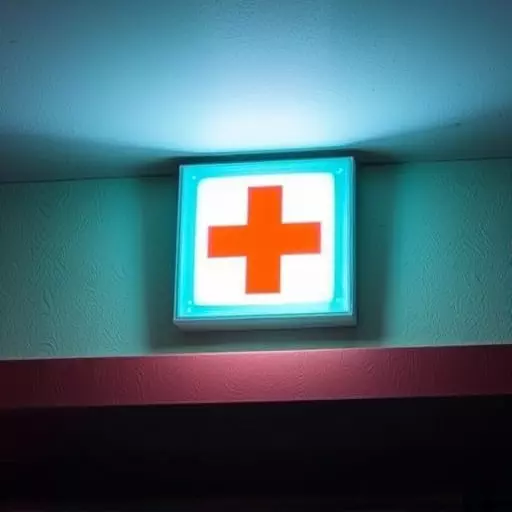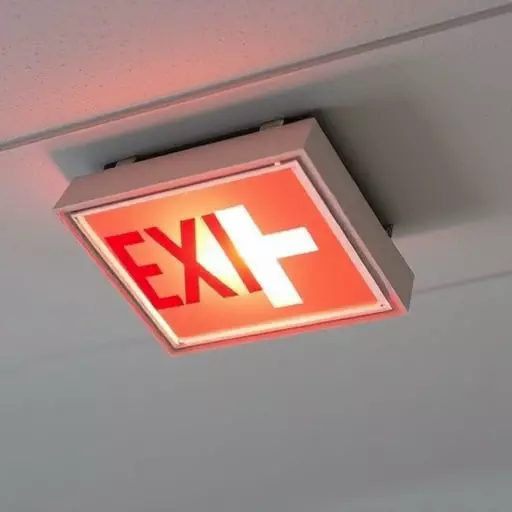The National Fire Protection Association (NFPA) sets vital standards for fire safety, emphasizing emergency lighting reliability. In Spring Lake, adhering to NFPA Standard 101 is crucial for public safety during emergencies. Regular inspections and maintenance identify issues like flickering lights or damage, ensuring prompt repair by qualified professionals. This process involves testing and replacing faulty components, with guidelines available from the NFPA. Effective repair requires a toolkit, safety training, and meticulous documentation. Post-repair, rigorous testing ensures equipment reliability and complies with local regulations.
“The NFPA (National Fire Protection Association) sets crucial standards for emergency lighting systems, ensuring safety in commercial spaces. This comprehensive guide delves into the intricate world of emergency light repair, specifically tailored to Spring Lake locations. We explore the importance of regular maintenance and provide insights on identifying common issues. From understanding the repair process step-by-step to essential tools required, this article covers everything you need to know about effective emergency light repair. Learn about safety protocols and post-repair testing for a secure lighting system.”
- Understanding NFPA Standards for Emergency Lighting
- The Importance of Regular Inspection and Maintenance
- Identifying Common Issues and Signs of Failure
- Step-by-Step Guide to Emergency Light Repair
- Essential Tools and Replacement Parts Required
- Safety Protocols During the Repair Process
- Post-Repair Testing and Recertification Procedures
Understanding NFPA Standards for Emergency Lighting
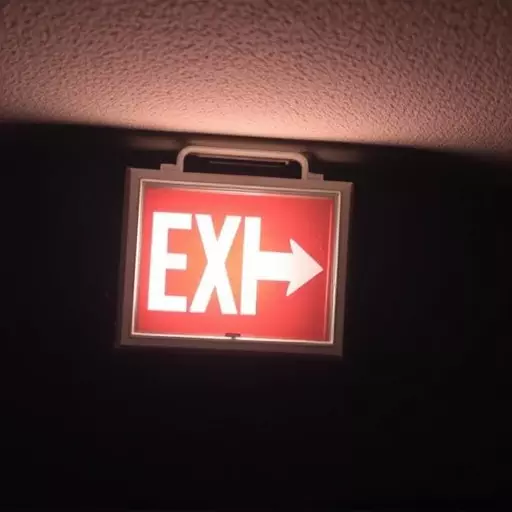
Understanding NFPA Standards for Emergency Lighting
The National Fire Protection Association (NFPA) sets essential standards for fire safety, including those related to emergency lighting systems. When it comes to Spring Lake area emergency light repair, adhering to these guidelines is not just recommended but crucial for ensuring public safety. The NFPA’s standard 101 provides specific requirements for emergency lighting, focusing on reliability and functionality during emergencies.
The emergency light repair process involves several steps, including thorough inspection to identify signs an emergency light needs repair. These signs can range from flickering lights or power outages to damage visible through the housing. Once identified, repairs should be carried out promptly by qualified professionals who understand not only the technical aspects of emergency lighting but also the critical role these systems play in guiding people safely during evacuations.
The Importance of Regular Inspection and Maintenance

Regular inspection and maintenance are paramount when it comes to ensuring the reliability and functionality of emergency lights in Spring Lake. The NFPA (National Fire Protection Association) guidelines emphasize that routine checks should be conducted to identify any potential issues or failures before they escalate, especially considering the critical role these lights play during emergencies. By adhering to the recommended inspection process, property managers and facility owners can effectively extend the lifespan of their emergency lighting systems.
During the maintenance check, it’s crucial to look out for signs that indicate an emergency light needs repair. This includes examining the light’s operation, battery health, and any visible damage or deterioration. The NFPA guidelines provide a comprehensive framework to guide these assessments, ensuring that all aspects of the emergency light repair process are thoroughly addressed. Prompt action on identified issues not only guarantees optimal performance but also enhances safety measures in Spring Lake facilities.
Identifying Common Issues and Signs of Failure

At Spring Lake, identifying common issues and signs of failure in emergency lights is crucial for ensuring safety and compliance with NFPA (National Fire Protection Association) guidelines. Regular inspection reveals problems like flickering or dimming lights, which could indicate loose connections or failing bulbs. Corrosion on fixtures, especially in humid areas, is another red flag; it can lead to electrical malfunctions. Cracked or damaged lenses also pose a risk by impairing the light’s visibility during emergencies.
The emergency light repair process involves testing each unit for functionality and replacing any faulty components. Signs that an emergency light needs repair include prolonged downtime, failure to illuminate when activated, and irregular operation. Property managers and facility owners in Spring Lake should stay vigilant, promptly addressing these issues to maintain reliable emergency lighting systems, adhering to NFPA standards for safety and preparedness.
Step-by-Step Guide to Emergency Light Repair
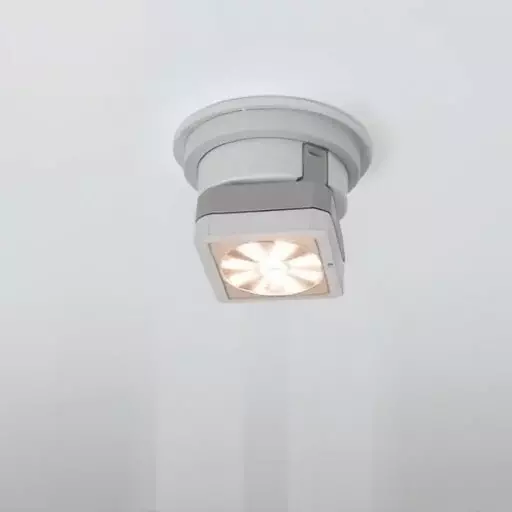
When it comes to ensuring safety in case of power outages or emergencies, well-maintained emergency lights are paramount. Located in Spring Lake or any other area, understanding the NFPA (National Fire Protection Association) guidelines for their repair is crucial. Here’s a straightforward step-by-step guide on how to approach this task.
First, inspect the light for any visible signs of damage, such as cracks, corrosion, or loose connections. If you notice flickering lights or delayed illumination, it could indicate a faulty ballast or lamp. Next, turn off the power supply to the emergency light at the main electrical panel to ensure safety during the repair process. Then, carefully disassemble the light fixture according to its specific design, taking note of how each component is connected. Inspect all parts for wear and tear, replacing any worn-out components as needed, especially if they show signs of malfunction or are past their recommended lifespan. Before reassembling, double-check that all connections are secure, and the power supply is back on.
Essential Tools and Replacement Parts Required
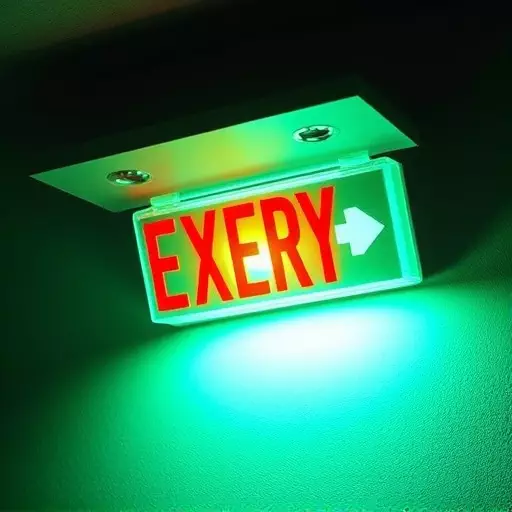
When it comes to performing an emergency light repair in Spring Lake, several essential tools and replacement parts are necessary to ensure a safe and effective process. The first step in the emergency light repair process is identifying that a unit requires attention. Signs include flickering lights, dimmed illumination, or even complete failure to operate. Once recognized, gather your tools and begin by testing the battery backup system, checking connections, and inspecting any visible damage. Common replacement parts include bulbs, batteries, and control modules.
Having the right tools and understanding basic repair techniques are crucial for a successful emergency light repair. This includes voltage testers, multimeters, flashlights, and safety gear like gloves and eye protection. These items allow for accurate troubleshooting, safe handling of electrical components, and efficient replacement of worn-out parts, ensuring your Spring Lake location remains well-lit and secure in case of an emergency.
Safety Protocols During the Repair Process
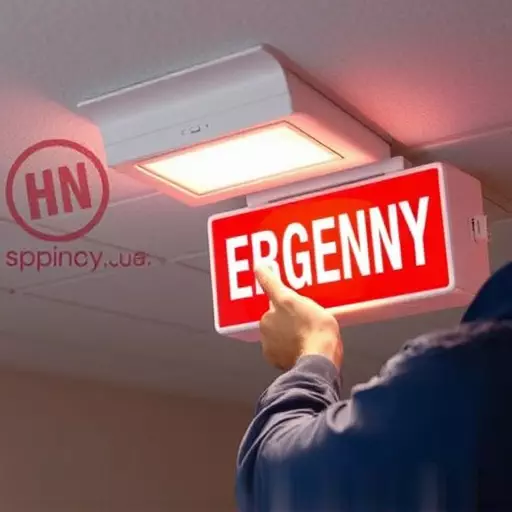
When conducting emergency light repair in Spring Lake or any other location, safety should always be the top priority. Before beginning the repair process, ensure that all personnel are trained and equipped with personal protective equipment (PPE), including gloves, safety glasses, and appropriate footwear. Evacuate the area if necessary to prevent bystanders from entering the workspace and to guarantee clear access for maintenance workers.
During the repair, it’s crucial to identify signs that indicate an emergency light needs replacement or recalibration. These may include flickering lights, delayed illumination, or failure to test correctly. Each step of the repair process should be meticulously documented to track any issues discovered and ensure compliance with NFPA (National Fire Protection Association) guidelines. Regular safety inspections are also vital to maintain a functional emergency lighting system, preventing future failures and ensuring the safety of occupants in case of an emergency.
Post-Repair Testing and Recertification Procedures

After completing the emergency light repair in Spring Lake, it’s crucial to validate the effectiveness and reliability of the fixed equipment. Post-repair testing involves a meticulous process where every component is checked for functionality. This includes verifying that the lights are illuminated during a power failure or emergency scenario, ensuring they operate as designed with no malfunctions. During this phase, professionals also inspect connections, batteries, and control systems to pinpoint any issues that might have been missed during the initial repair.
Recertification follows the successful completion of testing. This involves updating records, confirming compliance with local codes and regulations, and issuing a new certificate for each repaired unit. Understanding the signs an emergency light needs repair is key; regular maintenance and prompt action upon identifying any anomalies can prevent costly failures and ensure the safety of occupants in case of an actual emergency.
